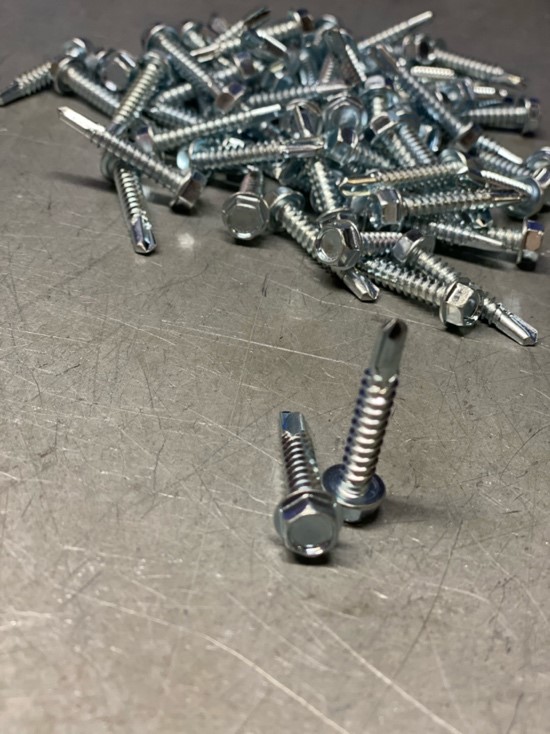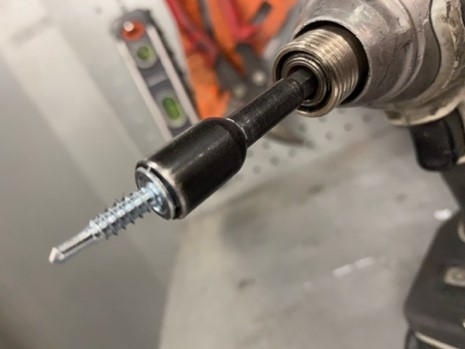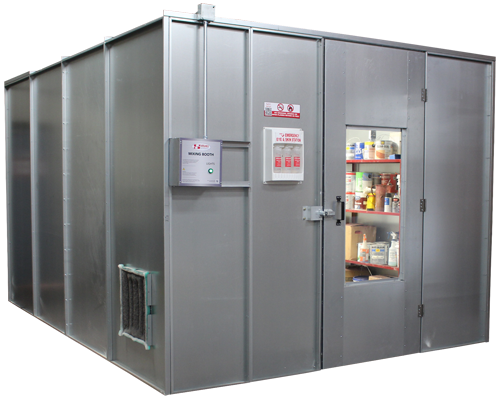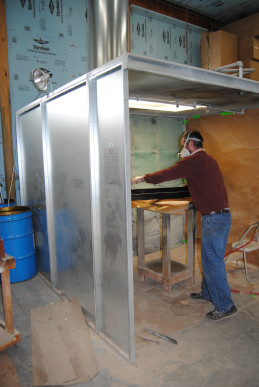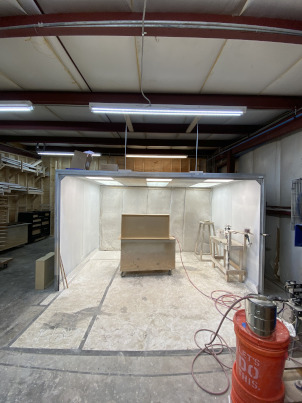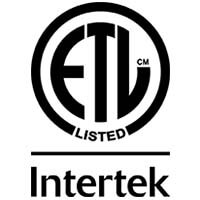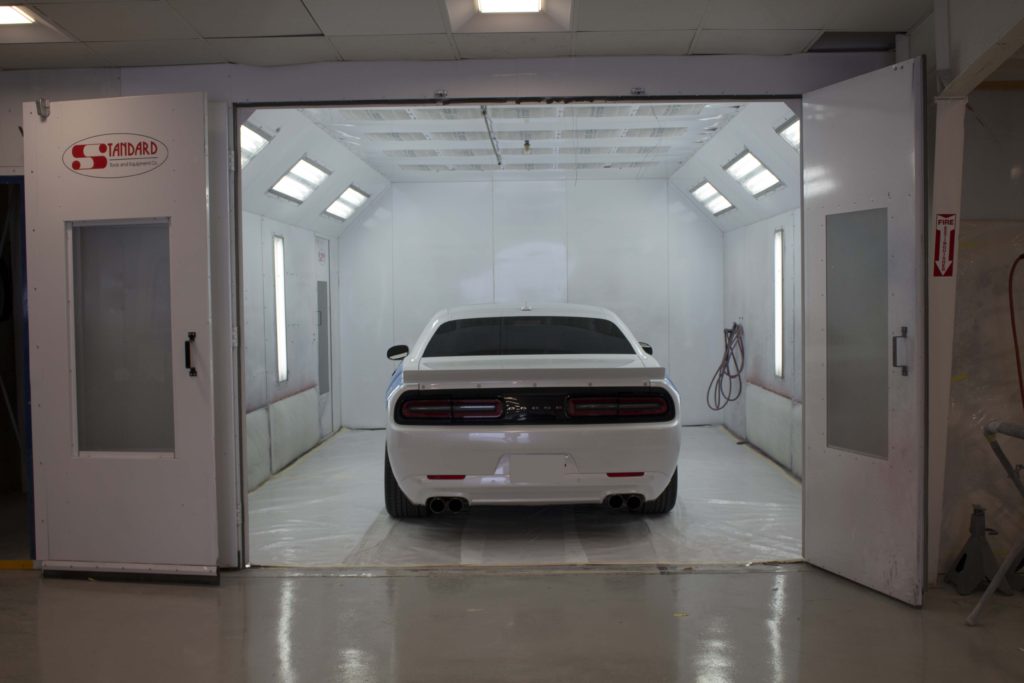A high-quality paint booth is a significant upgrade to your shop, making it easy to create products with a gorgeous professional finish. Even if your existing spray booth performs reliably, there are several upgrades you can consider. These products can drastically increase the efficiency of your booth and ensure a top-notch finish. With strategic additions, you can improve your paint booth’s performance.
Lighting Upgrades
Most paint booths have integrated lighting, but you may want to consider upgrading the bulbs that are in your booth. Good lighting provides essential benefits:
- Color matching is more accurate.
- Finish issues (debris, blemishes) are easier to see and address.
- Adequate light improves safety.
- High-efficiency bulbs reduce operating costs.
With our wide range of lighting options, it’s easy to choose the best upgrades for your paint booth. We carry LED panels and recessed lights along with high-lumen fluorescent bulbs. You can also get clear panes of tempered glass to protect LED panels.
Air Quality Improvements
The quality of the air in your booth is perhaps the most important factor affecting the booth’s operational performance and safety. Air that’s contaminated with dust and debris will compromise the finish. Inadequate airflow contributes to uneven drying and allows the booth to become saturated with overspray. Unbalanced air pressure, inside and outside your booth, can create drafts, temperature fluctuations, and safety issues.
We carry equipment that can address all of these challenges.
- Non-sparking aluminum exhaust fans
- Manometers to help you monitor air pressure
- Heated AMUs that provide warm makeup air
These simple upgrades can drastically reduce drying time and improve the finish quality.
Safety and Storage Equipment
A well-made paint booth should meet all federal and local safety requirements and fire codes, but there are some things you can add to make your shop and your booth even safer. Protect yourself and your team with top-quality PPE. We carry supplied-air respirators and reusable full-body shoot suits.
Paint, varnishes, primers, and other finishing products are flammable and toxic. It’s essential to store and handle them safely. A paint mixing room makes it easy. This enclosed space allows you to store chemicals, paints, and other flammable materials in a safe place that’s separate from spraying operations. You can also mix all your finishes in the room. The integrated air filters minimize airborne debris, and the ventilation system continuously removes harmful vapors.
Flooring and Wall Coverings
We carry wall and floor coatings that trap airborne particles and counteract the effects of overspray.
- Grippy Mat: It’s a padded material that protects the floor of the booth and attracts dust, dirt, and overspray. The padded mat makes standing and kneeling more comfortable, and the green color maintains good light quality in the booth. Just clean it with a vacuum when necessary.
- Particle Control: This solution is designed for use with the Grippy Mat. Regular application keeps the mat ready to trap dust and debris.
- White Out: This water-based spray is easy to apply to your booth’s walls, covering up overspray to restore optimal finishing conditions. Removal is easy; just peel off the coating in large sheets.
- Clear View: Applied in the same way as White Out, Clear View is designed to protect your paint booth’s lights from overspray. It’s easy to peel and reapply as necessary.
Depending on the setup of your shop, you may also want to consider investing in a roll-up door for your paint booth. This specially designed fabric curtain allows you to control the environment in your booth without permanently impacting your shop’s floor space.
Maximize Paint Booth Performance With Smart Upgrades
It just takes a few upgrades to optimize your paint booth for peak performance and exceptional results. Add a few high-quality lights and some equipment to manage the airflow. Invest in wall and floor coatings that support a flawless finish and reduce the time between projects. Not sure which upgrades are right for you? Just contract our team. We’ll discuss your needs and recommend the ideal upgrades for your paint booth.


